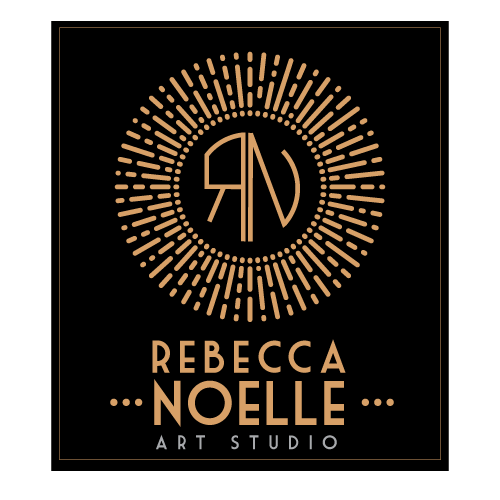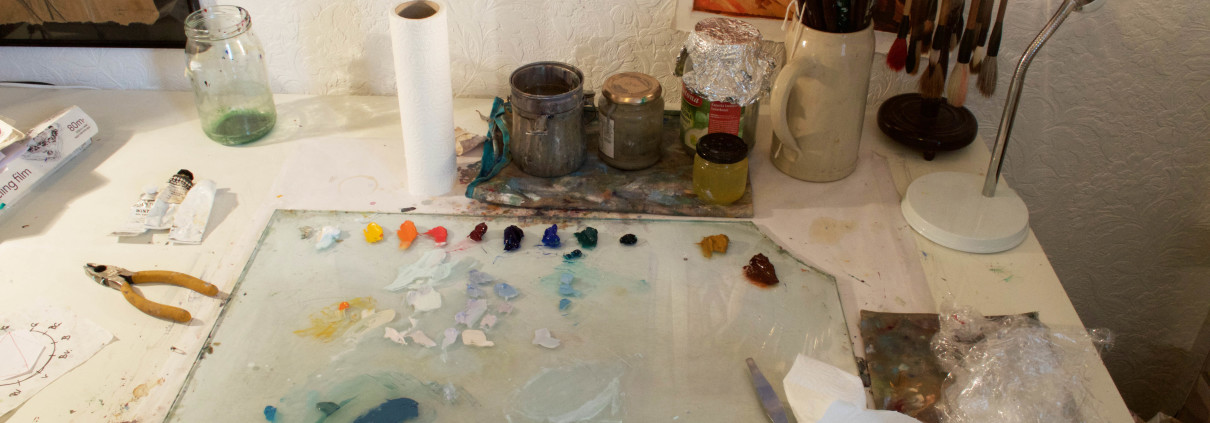Palette
An artist palette is very important and personal. And everyone has there own way of setting it up. When asked about it, I am make sure that I convey the fact that this is the way that works for ME! Take my suggestions and use them as you can to better your painting.
Palette Surface:
you have so many choices,
wood
glass
tear away wax paper
enamel trays
and many more, but I use glass
Glass has many pluses, easy to clean and mix on, long lasting and you’re able to place it on any coloured backing paper. Some people place it on a medium grey to help with mixing your colors accurately. I use white paper. This lets me see the colours as I mix them. I can see there transparency better on a white surface.
Palete knife:
here you have two choices;
flat or angled
Here I use a flat palette knife. It really is the best for mixing your paints thoroughly. I only use my knife for mixing, never for painting.
Paints
I use Winsor & Newton Artist oil colours. I always have. When I was first taught about oil paints, this is the brand that my instructor insisted that we use. Once I had it drilled into my head that they were the best, I couldn’t use another. Some time later I was given some other brand of paints. Being a student artist, I of course used them. I hate to admit this, but my very first instructor was right! Winsor & Newton are the best. Oil paints and there watercolours are by far better quality.
Medium:
I use a turpentine substitute for mixing and cleaning my palette and brushes. They are so many choices for a medium;
Liquine
Poppy and walnut oils
Branded painting mediums
and many more
My choice is a classic mix of ⅓ each of Cold-pressed linseed oil, Dammar varnish and turpentine.
Colours and placement:
Here it is, my choices of basic palette,
Titanium white
Cadmium Yellow – Y
mix of Y+O for – YO
Cadmium Orange – O
mix of O+R for -RO
Cadmium Red – R
Alizarin Crimson – RV
mix of RV+B for – V
Ultramarine Blue – BV
Cobalt Blue – B
mix of B+G for -BG
Permanent Green – G
Yellow Ocher
Burnt Sienna
Sometimes I use cerulean blue or prussian blue if I need an intense pigment. My palette changes for each painting I do. I don’t always lay out all the colors if I know that they will not be used. Limiting your colours in your palette can help you focus on the subject matter and force you to mix smart.
I enjoy mixing colours, finding that exact one you want if quite rewarding!



